Ritual
 RITUAL
RITUAL
Perspectives and Dimensions
CATHERINE BELL


Oxford University Press, Inc., publishes works that
further Oxford Universitys objective of excellence
in research, scholarship, and education.
Oxford New York
Auckland Cape Town Dar es Salaam Hong Kong Karachi
Kuala Lumpur Madrid Melbourne Mexico City Nairobi
New Delhi Shanghai Taipei Toronto
With offices in
Argentina Austria Brazil Chile Czech Republic France Greece
Guatemala Hungary Italy Japan Poland Portugal Singapore
South Korea Switzerland Thailand Turkey Ukraine Vietnam
Copyright 1997 by Catherine Bell
Foreword 2009 by Oxford University Press
Published by Oxford University Press, Inc.
198 Madison Avenue, New York, New York 10016
Oxford is a registered trademark of Oxford University Press
All rights reserved. No part of this publication may be reproduced,
stored in a retrieval system, or transmitted, in any form or by any means,
electronic, mechanical, photocopying, recording or otherwise,
without the prior permission of Oxford University Press.
Library of Congress Cataloging-in-Publication Data
Bell, Catherine M., 1953
Ritual : perspectives and dimensions / Catherine Bell.
p. cm.
Includes bibliographical references and index.
ISBN 978-0-19-973510-5
1. Ritual. 2. Religion. I. Title.
BL600.B47 1997
291.38dc20 96-23945
1 3 5 7 9 8 6 4 2
Printed in the United States of America
on acid-free paper
To my mother and in memory of my father
The meaning of ritual is deep indeed.
He who tries to enter it with the kind of perception that distinguishes hard and white, same and different, will drown there.
The meaning of ritual is great indeed.
He who tries to enter it with the uncouth and inane theories of the system-makers will perish there.
The meaning of ritual is lofty indeed.
He who tries to enter with the violent and arrogant ways of those who despise common customs and consider themselves to be above other men will meet his downfall there.
Xunzi (third century B.C.E.)
Foreword
Catherine M. Bell was, until her untimely death on May 23, 2008, Professor of Religious Studies at Santa Clara University and one of the worlds leading experts in the field of ritual studies. She was also a close friend, a brilliant teacher, and a mentor to me and to hundreds of other students who were fortunate enough to pass through her classes at SCU.
As an academic and theorist of religion, Dr. Bell was unmatched. Her seminal work, Ritual Theory, Ritual Practice, which has become required reading among students of religious studies, launched a revolution in the way scholars think about those peculiar, unique, and difficult to define activities that are usually understood as ritual. Indeed, the book challenged the widespread assumption in ritual studies that there is any such thing as a universal, autonomous phenomenon called ritual; that is, a set of orchestrated human activities with distinct and recognizable features that differentiate it from other, more mundane forms of activity. Ritual, Dr. Bell wrote, is always contingent, provisional, and defined by difference.
With Ritual: Perspectives and Dimensions, Bell used her unique analytical insights to sketch a broad survey of the ideas and major figures that have informed the history of ritual studies, from the early theorizing of 19th century social scientists like Max Muller, Edward Tylor and Robertson Smith to the later developments of the so-called phenomenologists, represented by scholars like Mircea Eliade and Jonathan Smith. By mapping out the entire spectrumor as Bell called it, genresof activities that fall under the rubric of ritual, the book demonstrates how ritual gives shape and meaning to society and culture.
Dr. Bells contribution to the field of ritual studies forged a new framework for defining ritual as a situational and strategic activity that can only be recognized and understood precisely in relation to other activities, much as the significance of any symbol can only be understood vis a vis its relation to other symbols. In doing so, she placed a massive and much-needed roadblock in the path forged by earlier scholars and ethnographers who attempted to develop universal or cross-cultural models of ritual theory that more often reflected the interpretative bias and worldview of the researcher than they did the significance of the particular ritual being observed. More than that, her fundamental re-imagining of the nature and function of ritualizationthe term Bell preferred when speaking of ritual as a form of privileged actionforever altered our conception of the simple dichotomies of belief and behavior, the individual and the collective, the sacred and the profane.
It is for her rigorous scholarship that Catherine Bell will be remembered for generations to come. But to those who knew her, who were touched by her grace and her intellect, even as she slowly succumbed to her harrowing illness, she will be remembered for her razor sharp wit, her boundless compassion, and refusal to accept anything but the best from her students. It is no exaggeration to say that I owe my career as a writer and scholar to Catherine Bell, who ushered me through my initial theoretical stumblings in the History of Religions, and who shaped my understanding of the meaning and significance, not only of religion, but also of faith. For Catherine was that unique scholar of religions who never fell into the trap, so well laid by her colleagues and predecessors, of reducing religion to its constituent elements. She refused to treat either religious faith or religious activity as things to be observed under a microscope. And because of that, she taught me not only to be a better scholar, a better thinker, and a better teacher. She taught me to be a better person. And for that I will always be grateful.
Reza Aslan
Los Angeles
May 15, 2009
Preface
While the activities we think of as ritual can be found in many periods and places, the formal study of ritual is a relatively recent and localized phenomenon. When made the subject of systematic historical and comparative cultural analysis, ritual has offered new insights into the dynamics of religion, culture, and personhood. At the same time, it has proven to be a particularly complicated phenomenon for scholars to probebecause of the variety of activities that one may consider ritual, the multiplicity of perspectives one may legitimately take in interpreting them, and the way in which defining and interpreting ritual enter into the very construction of scholarship itself.
In contrast to an earlier work, Ritual Theory, Ritual Practice, which addressed specific theoretical issues concerning the dichotomy of thought and action in ritual theory, this book is meant to be a more holistic and pragmatic orientation to multiple dimensions of the phenomenon of ritual. extend some of the theoretical arguments raised in Ritual Theory, Ritual Practice, for the most part, this study is also a broad application of the methodological suggestions raised there.
To anyone interested in ritual in general, it becomes quickly evident that there is no clear and widely shared explanation of what constitutes ritual or how to understand it. There are only various theories, opinions, or customary notions, all of which reflect the time and place in which they are formulated. This complexity is portrayed in the organization of this book. Traditionally, comprehensive surveys of a topic lay out their subject in either of two ways: as a narrative telling of the story of the topic or as an analytic inventory of the topics subtopics. This book attempts to take a third course by presenting the fluidity and confusion, as well as the consensus and commonsense, that have shaped so much of the way we have talked about ritual. Therefore, instead of approaching ritual as a clear-cut and timeless object of scrutiny, the following chapters focus on how a variety of definitions and constructed understandings of ritual have emerged and shaped our world. As such, this presentation recognizes that any discussion of ritual is essentially an exercise in reflective historical and comparative analysis.
Next page

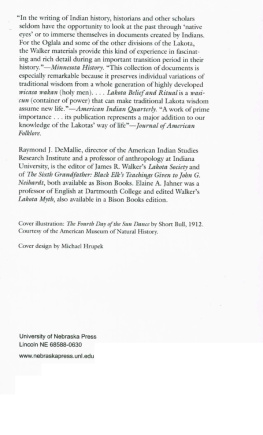
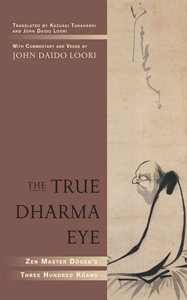
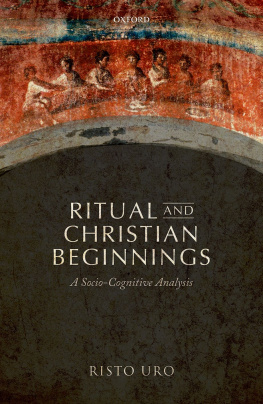

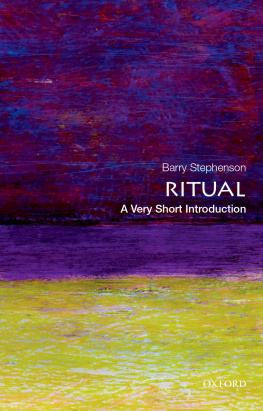
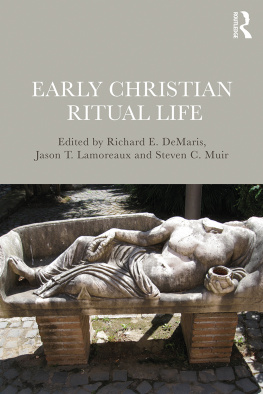
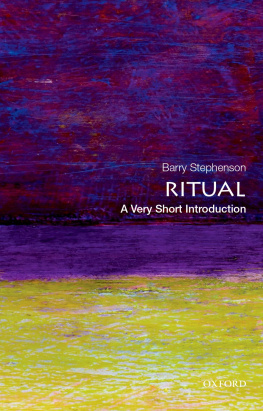
 RITUAL
RITUAL

